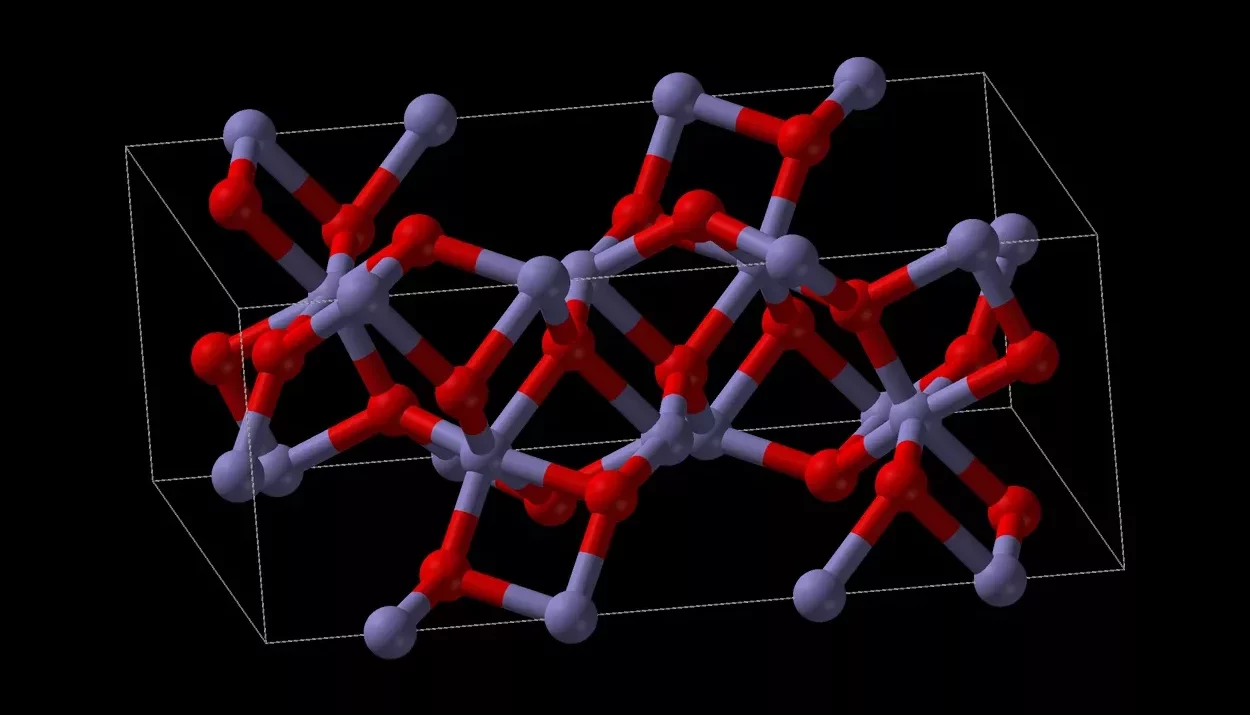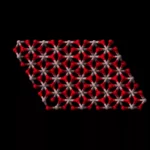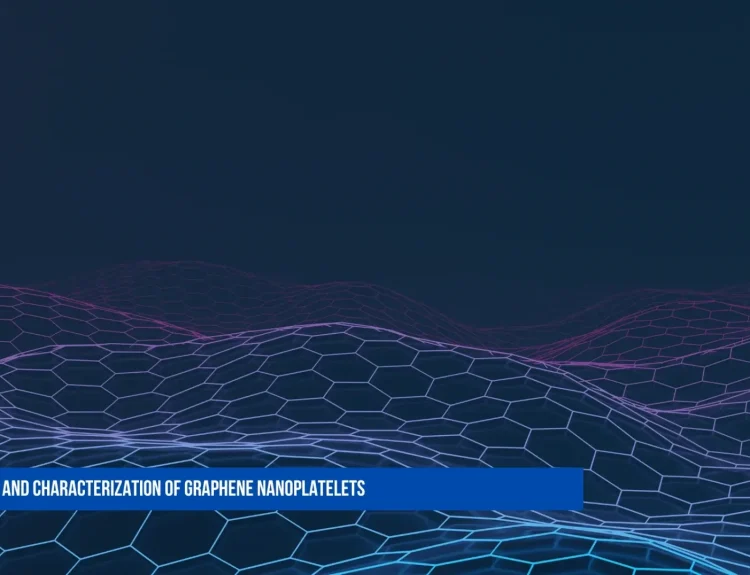Cancer is a formidable foe, but science is constantly developing new ways to fight it. One of the latest breakthroughs involves using tiny particles called iron oxide nanoparticles. These minuscule superheroes are changing the game in cancer treatment through photothermal and photodynamic therapies. This article will explore how these treatments work and the recent advances that give hope to cancer patients.
Meet the Iron Oxide Nanoparticles
Before we dive into the therapies, let’s get to know our heroes: iron oxide nanoparticles. These particles are like the tiniest grains of sand you can imagine, so small that you’d need a super-powerful microscope to see them. They’re made up of iron and oxygen and have some incredible abilities.
The Power of Light
- Photothermal Therapy (PTT): Imagine shining a laser light on cancer cells. Iron oxide nanoparticles can absorb this light and convert it into heat. When they’re inside a tumor, they get hot, and this heat can destroy cancer cells. It’s like a targeted heat-seeking missile against cancer!
- Photodynamic Therapy (PDT): Iron oxide nanoparticles are like tiny light-sensitive switches in this therapy. When exposed to light, they produce a special type of oxygen toxic to cancer cells. This oxygen is like a superhero that can zap the bad guys (cancer cells) without harming healthy cells nearby.
Recent Advances and Promising Results
- Targeted Treatment: Scientists are finding clever ways to ensure these nanoparticles reach the cancer cells. Imagine a GPS system for the nanoparticles, guiding them straight to the tumor while leaving healthy tissue untouched.
- Combination Therapy: Some researchers use a double attack strategy, combining PTT and PDT to make the treatment even more effective. It’s like using a laser and a superhero oxygen molecule against cancer.
- Less Side Effects: Because these therapies are so precise, they tend to have fewer side effects than traditional treatments like chemotherapy. That means less hair loss, nausea, and fatigue for cancer patients.
A Glimpse into the Future
While these therapies are incredibly promising, there’s still ongoing research to make them even better and more widely available. Scientists are working on improving the delivery of nanoparticles to tumors, making the treatments more efficient and accessible.
Conclusion
Iron oxide nanoparticles are opening up new horizons in cancer treatment. Photothermal and photodynamic therapies offer hope to those battling cancer, providing precise and effective ways to target and destroy cancer cells. As science advances, we can look forward to a future where these tiny particles play a more significant role in our fight against cancer, bringing us one step closer to a world without this devastating disease.






